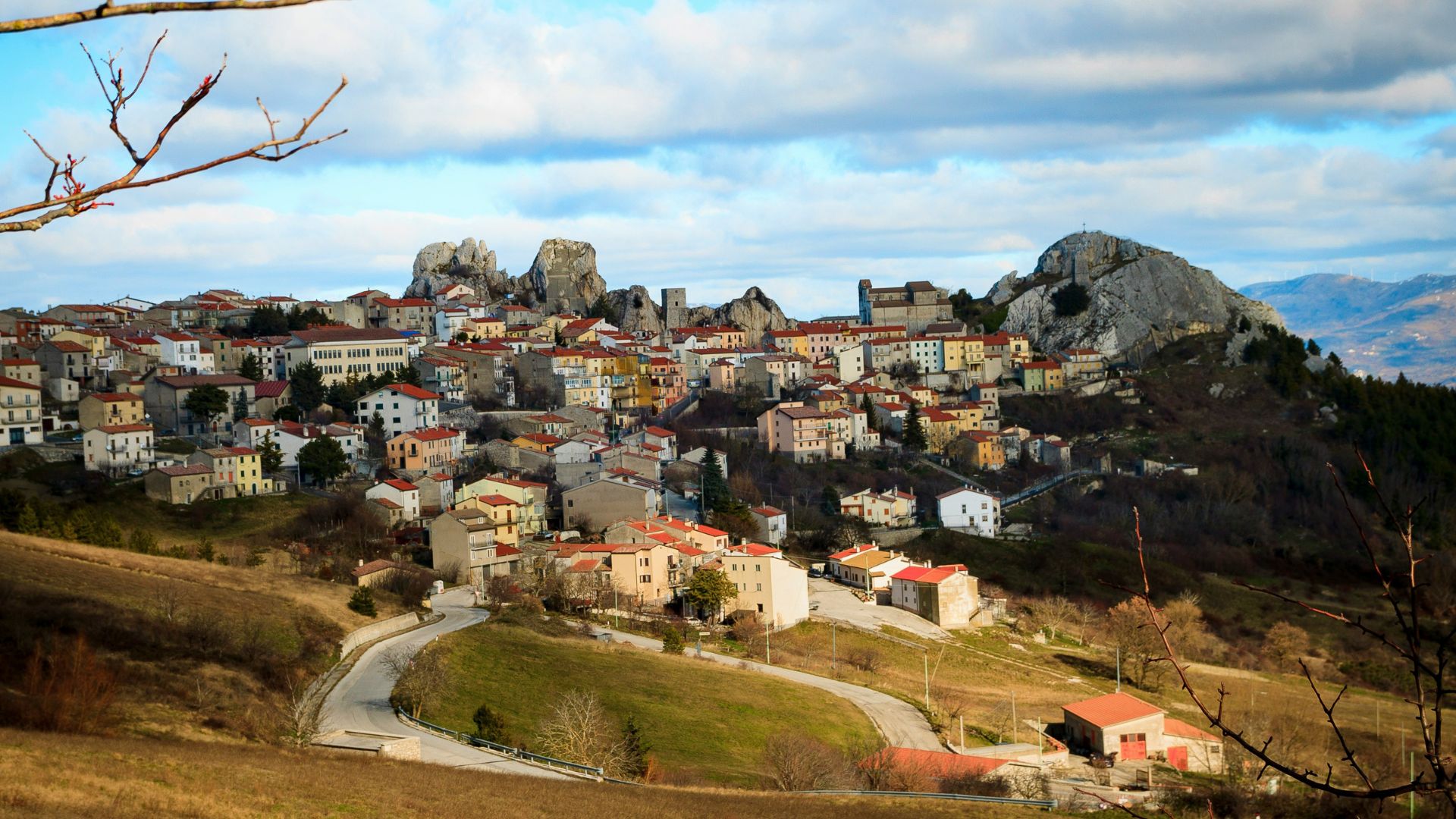Ever heard of an Italian region that supposedly doesn’t exist? When I first saw memes about “Molise doesn’t exist,” I figured it was just some internet gag. This tiny region in central Italy has become famous for allegedly being a figment of the imagination, with folks from other parts of Italy joking that it’s made up.
Molise is one of Italy’s smallest and least-visited regions, tucked between Abruzzo and Puglia. The joke started because so few Italians have ever been there or know much about it. Some maps even skip over Molise entirely, which only adds fuel to the national inside joke.
What began as a silly meme has turned into a quirky marketing tool for Molise. Locals decided to lean into the mystery, using it to attract curious travelers. When I visited, I wandered through ancient ruins, medieval villages, and gorgeous mountain scenery—often with no other tourists around. Honestly, maybe being “non-existent” is Molise’s secret weapon.
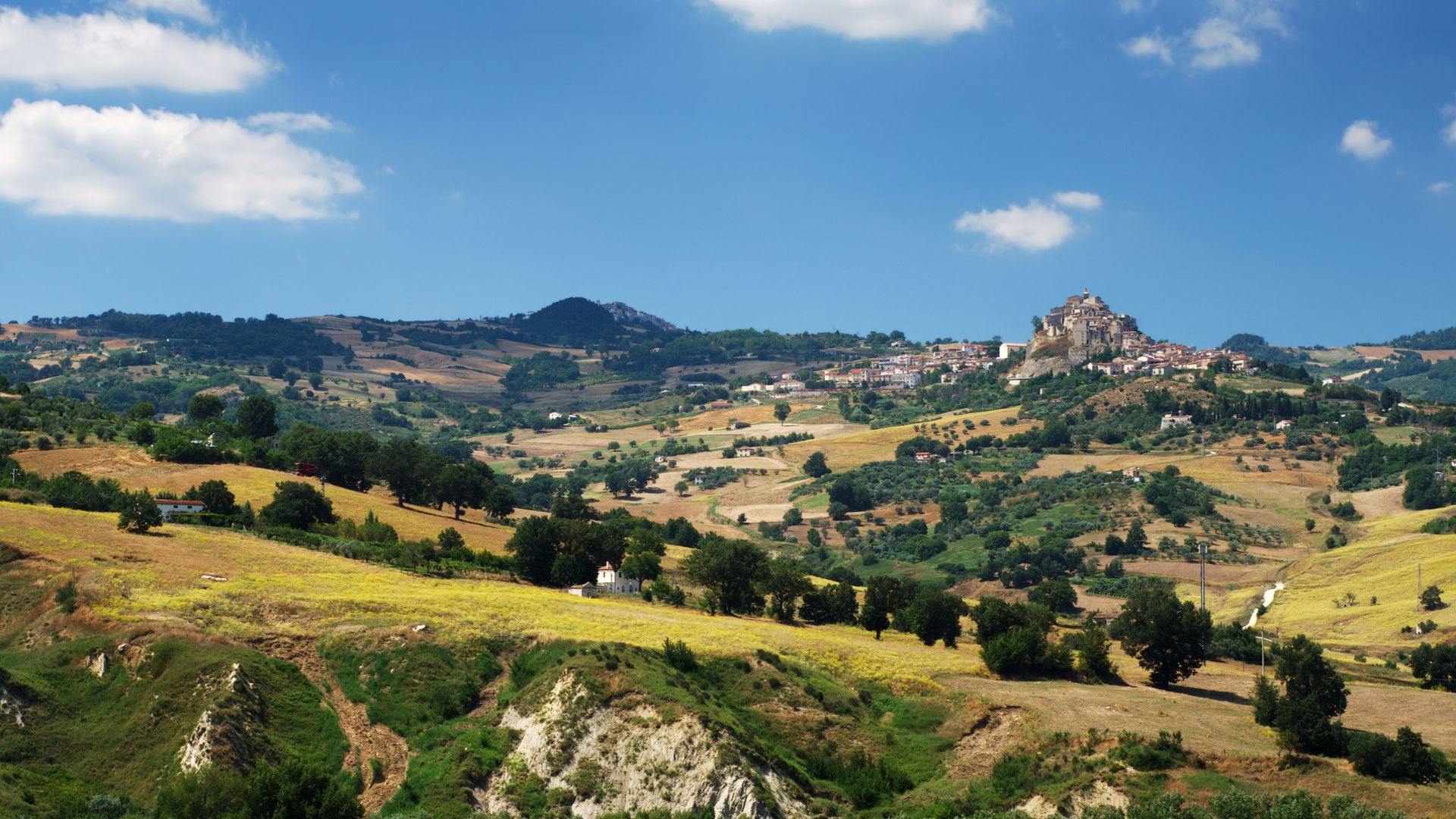
Unraveling the ‘Molise Doesn’t Exist’ Phenomenon
The joke about Molise’s non-existence runs deep in Italian culture and has grown into a nationwide meme. I realized it’s more than a punchline—it says a lot about Italy’s regional quirks and even affects how locals see themselves.
Origins of the Myth
The “Molise doesn’t exist” meme started in the early 2000s, probably because Molise is Italy’s second smallest region. With only about 305,000 people and almost zero media presence, it became easy for others to pretend it wasn’t a real place.
Comedian Maurizio Crozza ran with the joke on TV, poking fun at Molise’s invisibility. The punchline lands because Molise genuinely keeps a low profile—no big cities, tricky transportation, and way fewer tourists than places like Tuscany or Sicily.
I noticed many Italians haven’t visited Molise. When I told friends about my trip, they asked, “Where is that again?” Their confusion made it clear why this running joke sticks around.
Social Media’s Role in Shaping the Narrative
Around 2010, the myth exploded on Facebook and Twitter. Memes showed Italy minus Molise or labeled it “404 Region Not Found.” I came across Facebook groups with over 100,000 members, all dedicated to the joke.
Hashtags like #ilmolisenonesiste trended during big Italian holidays. Even brands like Barilla and Buitoni joined in, making ads that played on Molise’s supposed absence.
Social media turned a local joke into a national phenomenon. Tourist boards now use the meme for marketing, with slogans like “Discover the region that doesn’t exist.” On TikTok, I saw travelers posting videos as they “searched” for Molise, racking up millions of views and spotlighting towns like Campobasso and Termoli.

Local Reactions and Cultural Identity
Molisani—the people from Molise—have mixed feelings about the joke. Some see it as free publicity. “At least people talk about us now,” a shopkeeper in Isernia joked with me.
The local government has cleverly used the meme, too. Billboards across the region shout, “Molise exists and resists!” I noticed tourism campaigns like “Molise Exists and Surprises” have boosted visitor numbers by 30% since 2018.
Still, a few locals feel stung by the teasing. “We have 2,000 years of history here,” an old farmer told me. “It hurts when people ignore that.”
Oddly enough, the meme has sparked more regional pride, especially among young Molisani. University students wear “Molisano DOC” (Certified Molisano) t-shirts. Shops display “Made in Molise” labels, flipping the joke into a point of pride.
Tracing My Journey to Molise
I started my Molise adventure feeling skeptical and ended up completely enchanted. Traveling through this overlooked gem gave me authentic Italian experiences that felt a world away from the usual crowds.
Planning an Offbeat Italian Adventure
When I told friends I was going to Molise, they either looked confused or cracked jokes about “Il Molise non esiste.” That just made me more curious.
I picked spring 2024 for my trip, hoping to catch the countryside in bloom but avoid summer tourists. Researching the region wasn’t easy—there’s not much out there for travelers, which made planning both tricky and exciting.
I set my sights on:
- Termoli: A coastal town with a storybook old quarter
- Campobasso: The capital, full of medieval charm
- Isernia: One of Italy’s oldest towns
Instead of hotels, I booked stays at local agriturismi (farmhouses), where hosts promised homemade meals and tips on hidden spots.
First Impressions of Molise
When I arrived in Termoli by train from Rome, I immediately noticed the difference from the usual Italian hotspots. No crowds, no tacky souvenir shops—just pure coastal charm.
The Adriatic sparkled against Termoli’s old town walls. Fishermen worked on their nets while old men played cards in the piazza.
“You’re American? In Molise?” my first host asked, genuinely surprised and delighted. I heard that reaction again and again—locals seemed both baffled and happy to see a foreign visitor.
The food blew me away. Cavatelli pasta with wild boar ragù and local Tintilia wine made me wonder why more people don’t come here just to eat.
Navigating the Region’s Hidden Corners
Renting a little Fiat was a must for getting around Molise’s scattered villages. The roads twisted through hills covered in olive trees and dotted with ancient ruins that, in any other region, would be packed with tourists.
In Pietrabbondante, I found jaw-dropping Samnite ruins older than Rome itself. When my GPS glitched, a shepherd not only gave me directions but also invited me in for homemade cheese.
The Matese mountains offered quiet hiking trails. In Scapoli, I stumbled into a museum all about zampogna (Italian bagpipes) and caught a spontaneous jam session.
Exploring Molise means stumbling onto surprises. Without tour buses or crowds, each village felt like a secret discovery—my little slice of Italy that somehow stayed under the radar.
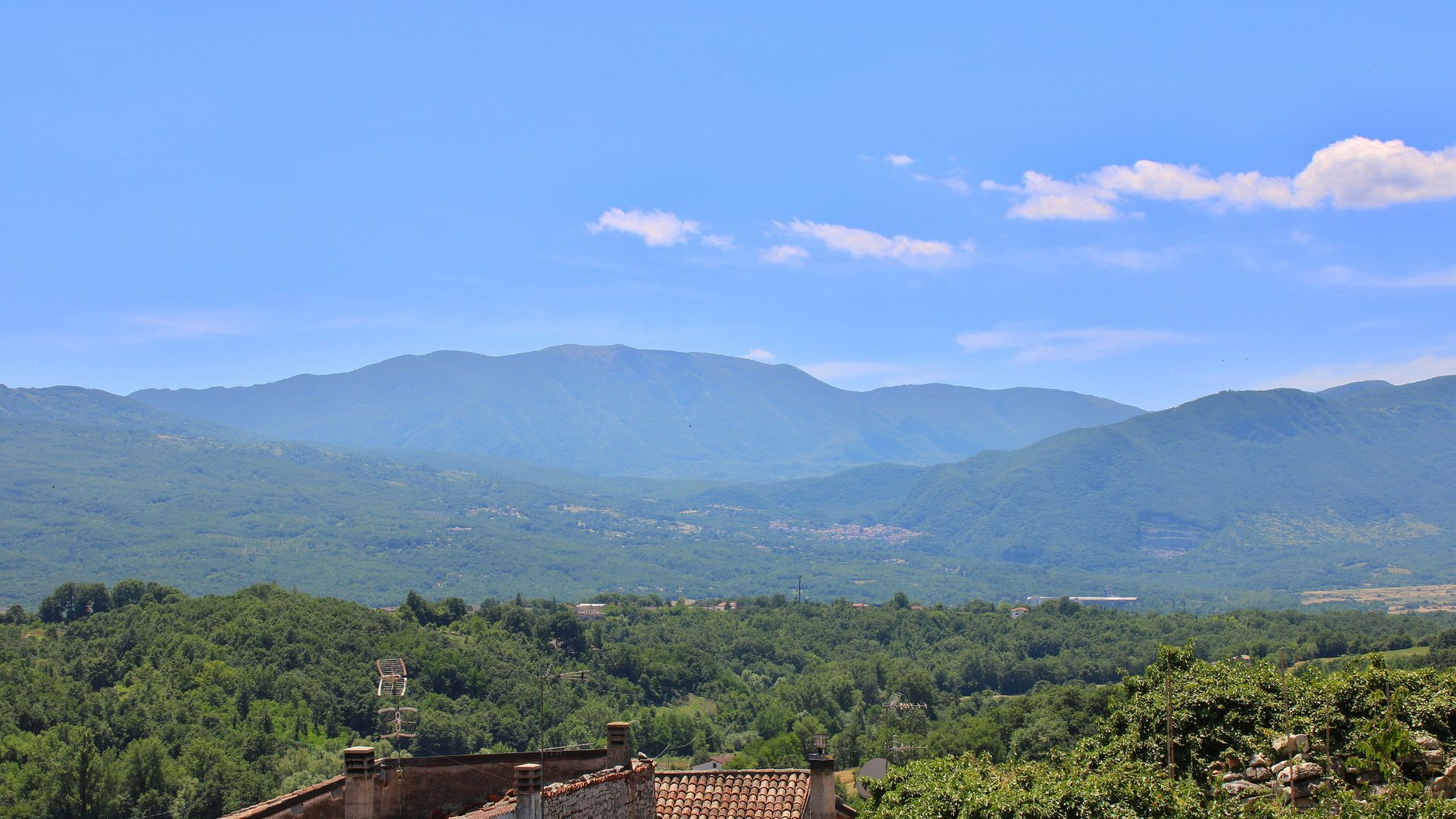
Discovering the Heart of Molise
Molise turned out to be packed with real Italian culture, stunning scenery, and some of the friendliest people I’ve met. Despite the running joke, I found a place with loads of character and charm.
Exploring Campobasso and Isernia
Campobasso, the capital, caught me off guard with its medieval castle perched on a hill. Wandering the old center, I meandered through narrow, winding streets up to Castello Monforte, which gives you sweeping mountain views.
The Provincial Museum of Samnium is full of ancient artifacts from civilizations that once lived here.
Isernia, the region’s second city, feels even more off the beaten path. Its prehistoric site, La Pineta, dates back 700,000 years—one of Europe’s most important archaeological finds.
I spent a morning in Piazza Andrea d’Isernia, just people-watching as locals met for coffee. The 14th-century Fontana Fraterna, with its six arches, stands as the city’s symbol.
Charming Villages and Hilltop Towns
Molise is dotted with medieval villages that seem frozen in time. Bagnoli del Trigno, called “the pearl of Molise,” perches dramatically on a rocky outcrop and offers killer views.
In Scapoli, I found a quirky Museum of Bagpipes, celebrating the town’s long tradition of crafting these instruments. Local artisans even showed me the ropes.
Other villages worth visiting:
- Agnone: Famous for a 1,000-year-old bell foundry
- Pescopennataro: Known for woodworking
- Pietrabbondante: Home to an ancient Samnite theater
Each village has its flair and traditions, but all share that genuine Italian vibe you just don’t get in more touristy spots.

Traditional Cuisine and Local Flavors
Molise’s food scene stays refreshingly untouched by mass tourism. Local trattorias serve dishes you won’t find anywhere else in Italy.
The region’s signature pasta, cavatelli, usually comes with a hearty ragù. I learned to make it with a local nonna who showed me how to shape each piece by hand.
Molise makes fantastic olive oils, especially around Venafro, where some olive trees are older than most countries. Local cheeses include:
| Cheese | Description | Best paired with |
|---|---|---|
| Caciocavallo | Aged, stretched-curd | Local honey |
| Stracciata | Fresh, soft | Crusty bread |
| Scamorza | Smoked, semi-soft | Regional red wines |
The local Tintilia wine, almost lost until recently, surprised me with flavors I haven’t tasted in any other Italian wine.
Celebrations and Folklore Traditions
Molise’s festivals get to the heart of the region and offer a great way to meet locals. In May, I watched the “Carrese” in Ururi—an ox-cart race that mixes religious devotion with fierce local rivalry.
The ancient transhumance (moving livestock seasonally) is celebrated with the “Cammino dei Tratturi” festival, where shepherds walk historic trails across Molise.
In December, Agnone lights up for the Ndocciata, with people parading through the streets carrying massive torches. The atmosphere is wild and unforgettable.
Villages host food festivals celebrating local specialties:
- Pezzata (lamb stew) Festival in Capracotta
- Grape Harvest Festival in Riccia
- Truffle Festival in San Pietro Avellana
These events shine a light on Molise’s farming roots and tight-knit communities.
Local Encounters and Stories
What made Molise truly special for me were the people. Their stories, traditions, and everyday lives brought this “invisible” region to life.
Conversations With Locals
In Campobasso, I met Antonio, an older man who just chuckled when I mentioned the “Molise doesn’t exist” meme. “We like it that way,” he said with a wink. “Fewer tourists means our traditions stay strong.”
Maria, who runs a family trattoria in Termoli, shared stories from her childhood while serving up homemade cavatelli. “My grandmother taught me this recipe after the war,” she said, shaping pasta with practiced hands.
Molisani are proud of their roots. They often asked why I’d picked their region instead of somewhere famous. When I told them I wanted to see the real Italy, their faces lit up.
Legends, Superstitions, and Oral History
Molise’s folklore runs surprisingly deep. In Agnone, locals told me about the “Ndocciata”—a torchlight parade with ancient, possibly pagan, origins.
“The flames keep winter spirits away,” Giancarlo, a local historian, explained. “Each family builds its torch, some as tall as a person.”
Superstitions still shape daily life. Many homes hang dried herbs by the door to ward off evil. In Larino, I learned about “il malocchio” (the evil eye) and the secret prayers families use to break its curse.
Some villages tell tales of brigands who once hid out in the mountains, kind of like local Robin Hoods.
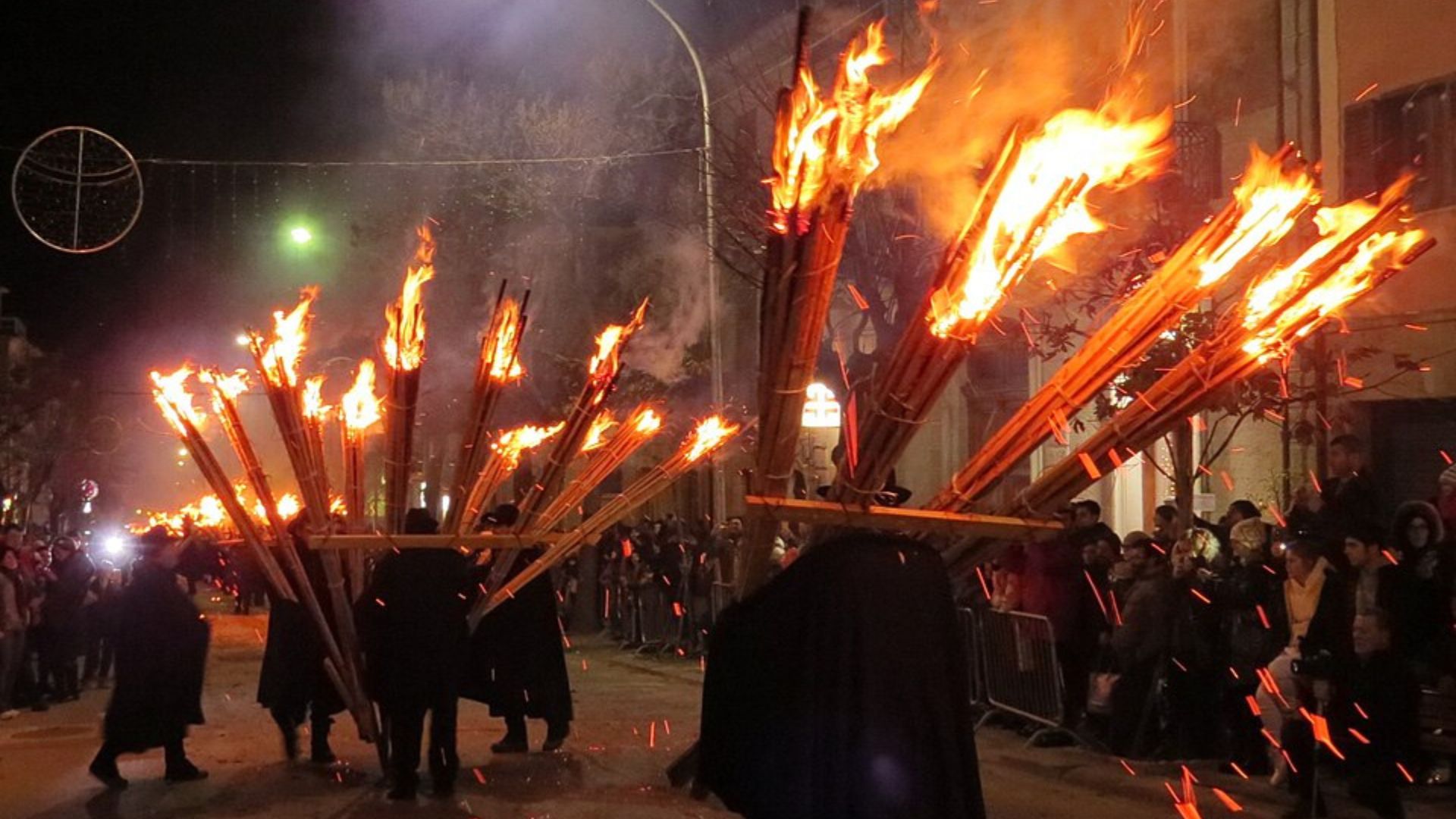
Artisans, Farmers, and Everyday Life
Life in Molise moves to old rhythms. One morning, I got up early to join Salvatore, a shepherd in the Matese mountains, as he made pecorino cheese the old-fashioned way.
“The milk tastes different every season,” he said. “It picks up the flavors from whatever wildflowers the sheep eat.”
In Isernia, I watched bell makers crafting bronze bells—a tradition dating back to the 1300s. Each bell takes months to finish, with every artisan adding their touch.
Olive farmers near Venafro showed me trees that have stood for over 500 years and still bear fruit. “These trees have survived wars, earthquakes, you name it,” Paolo told me, handing me a piece of bread soaked in fresh oil.
Local festivals revolve around harvests and religious holidays, pulling entire villages together. I joined a grape harvest where three generations worked side by side, ending with a feast under the olive trees.
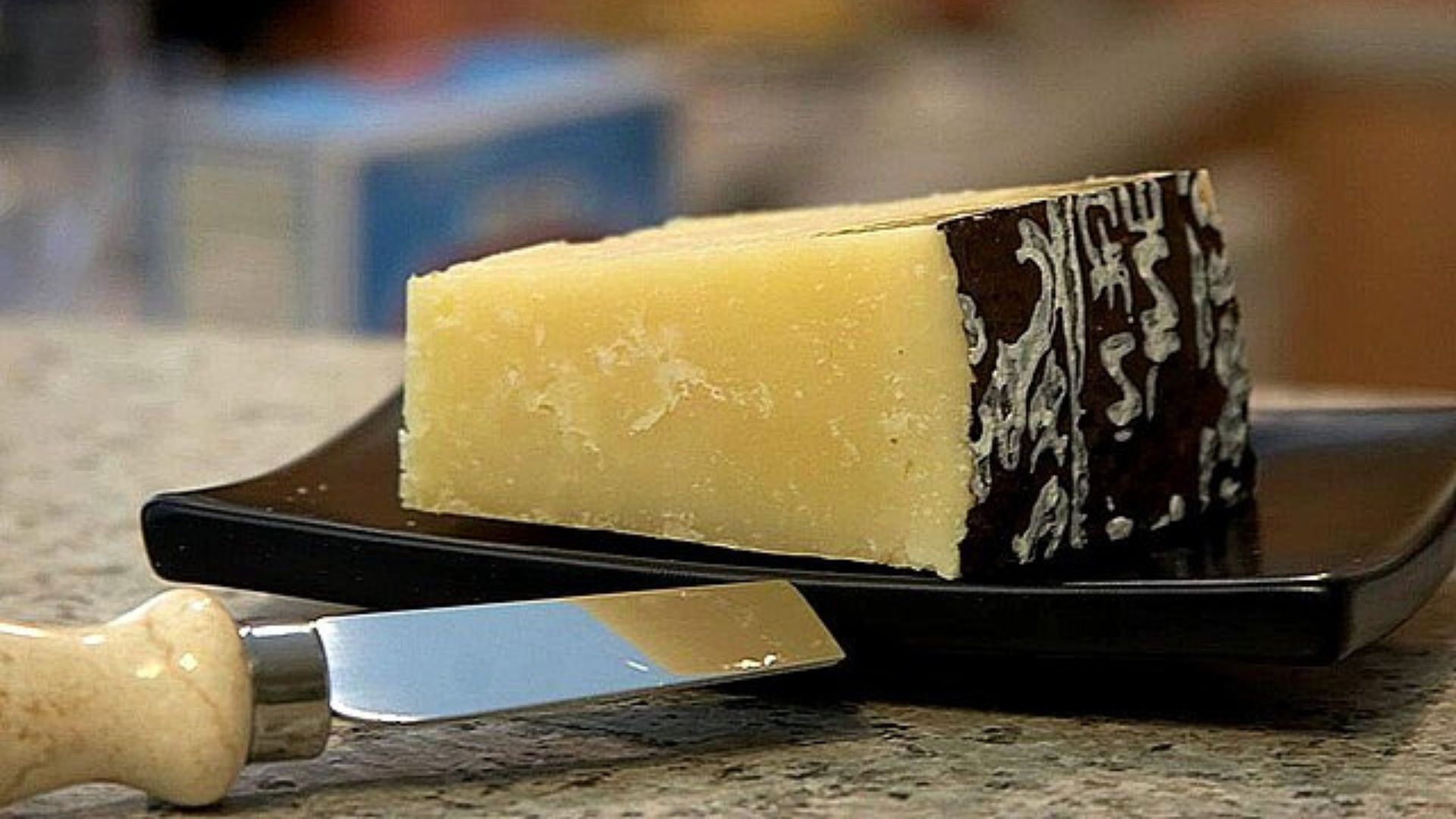
Practical Travel Tips for Visiting Molise
Traveling in Molise takes some planning, but the rewards—real Italian hospitality and untouched scenery—are worth every bit of effort.
Getting There and Getting Around
Molise isn’t as easy to reach as Rome or Florence, and honestly, that’s part of its appeal. Naples and Rome are the closest big airports, but you’ll need a 2-3 hour drive to get to Molise. I found that renting a car was a lifesaver—public transport exists, but it’s not exactly frequent.
The winding mountain roads offer jaw-dropping views, but you’ll want to drive carefully. GPS can go wonky in the backcountry, so I recommend downloading offline maps before you go.
Trains run from Rome to Campobasso (Molise’s capital) in about 3 hours. For village-hopping, local buses connect the main towns, but don’t expect frequent service, especially on weekends.
Taxis are available in bigger towns like Termoli and Isernia, though it’s smart to arrange rides in advance if you’re headed somewhere remote.
Where to Stay: Unique Accommodations
Molise has some awesome places to stay that let you soak up local life. I loved the agriturismi (farm stays) where I ate home-cooked food straight from the garden.
In Termoli, you can find boutique hotels along the Adriatic, with sea views and quick beach access. The old town has B&Bs tucked into historic buildings.
For something different, try:
- Borgo di Castel San Vincenzo – Restored medieval village rooms
- Masseria Monte Sacro – Working farm with traditional lodging
- Albergo Diffuso in Pesche – Rooms scattered through a hillside village
Mountain retreats near Capracotta are cozy in winter for skiing, while summer travelers might want to stay closer to the coast.
Essential Experiences for Adventurous Travelers
Molise rewards anyone willing to go off-script. Hiking the ancient Tratturi (sheep trails) connected me to centuries-old traditions still alive today.
The archeological site at Pietrabbondante shows off Samnite ruins with barely any crowds. I spent hours in the ancient theater, almost completely alone.
Food lovers should:
- Take a pasta-making class to master cavatelli
- Visit olive oil producers near Larino for tastings
- Hit up local sagre (food festivals) for seasonal treats
On the coast, Termoli offers sailing trips to the Tremiti Islands. Inland, Matese Regional Park is great for biking, hiking, and spotting wildlife.
In winter, skiing at Campitello Matese is a must—uncrowded slopes and stunning scenery beat the big-name resorts any day.
